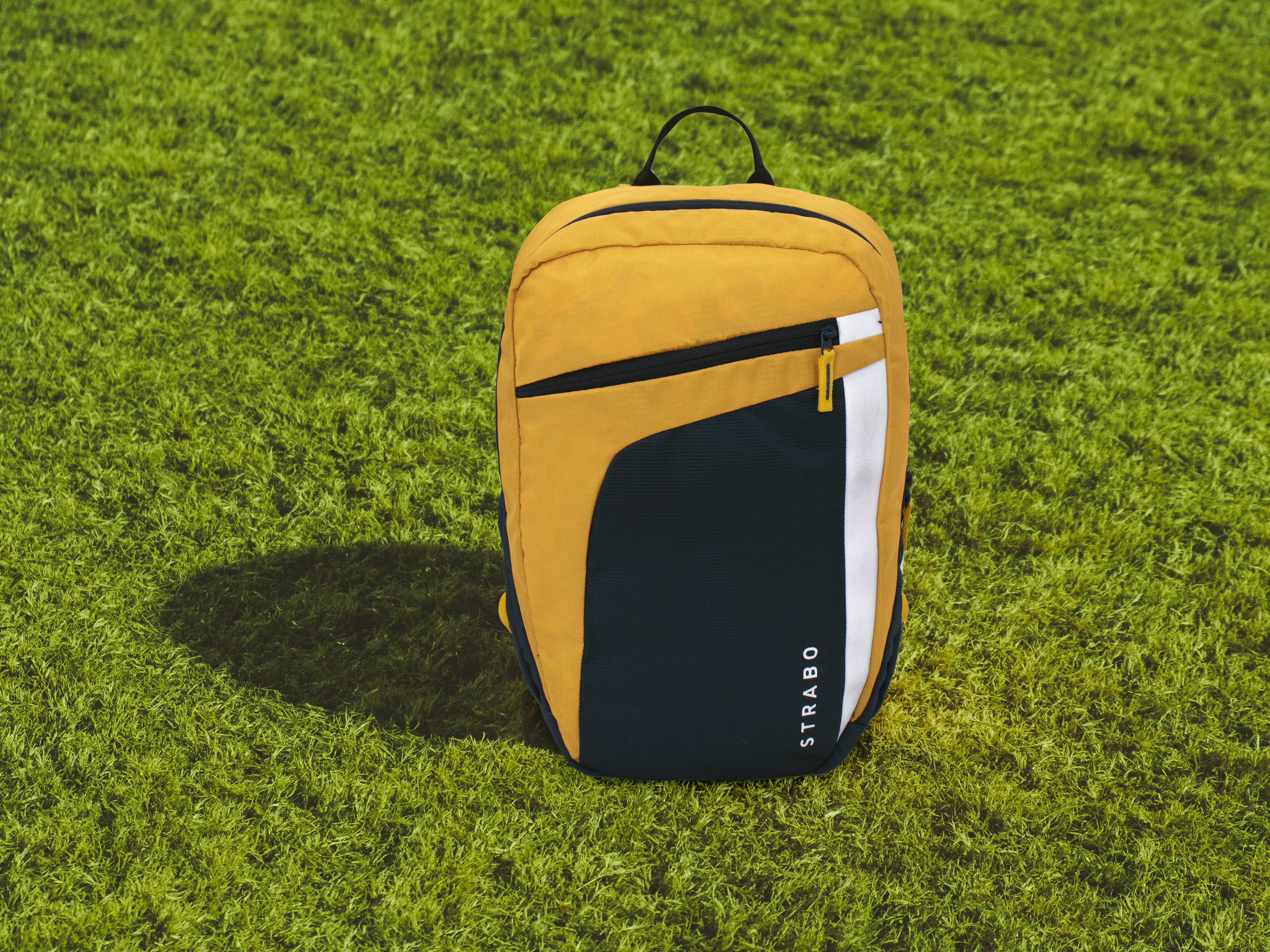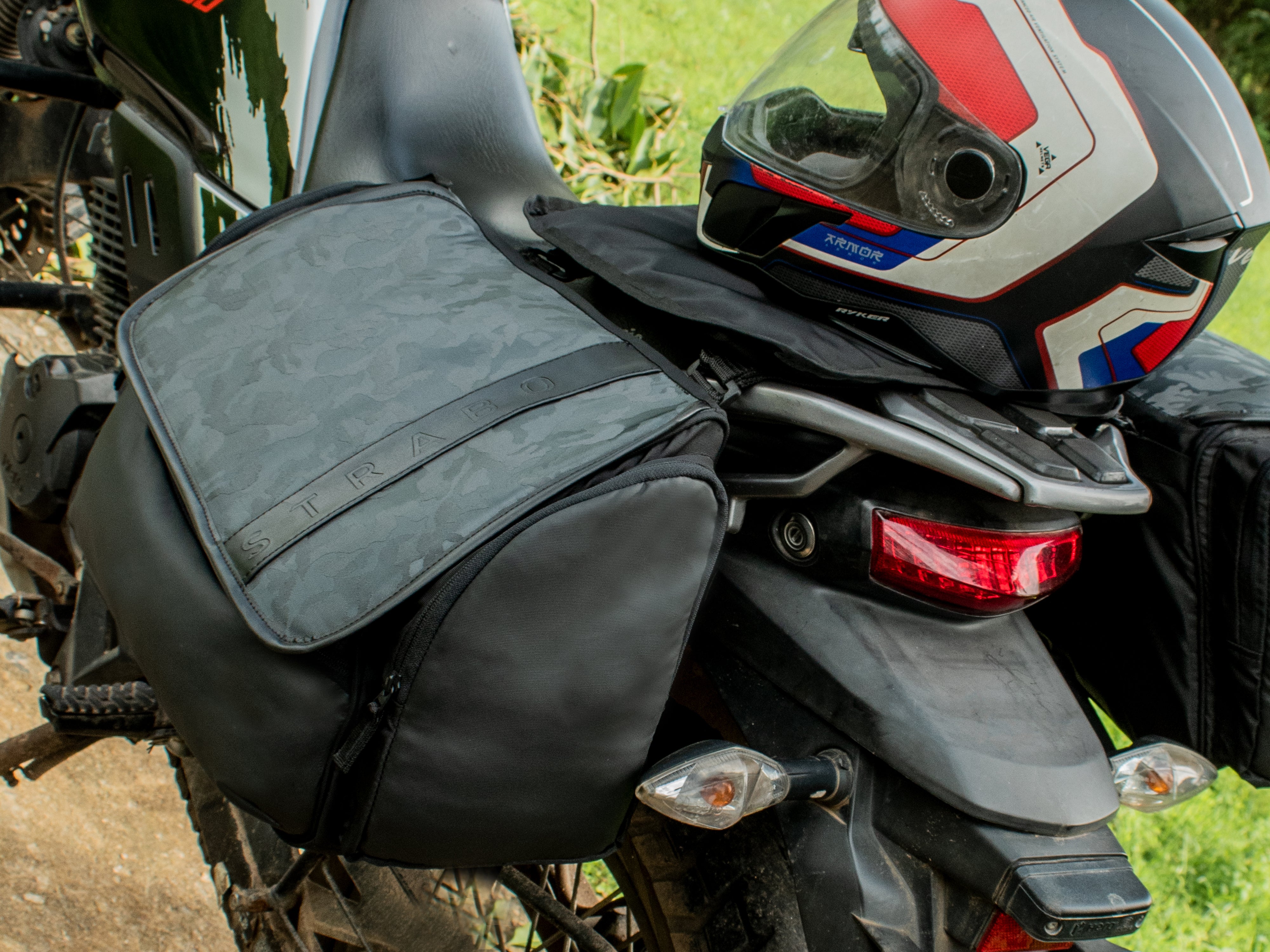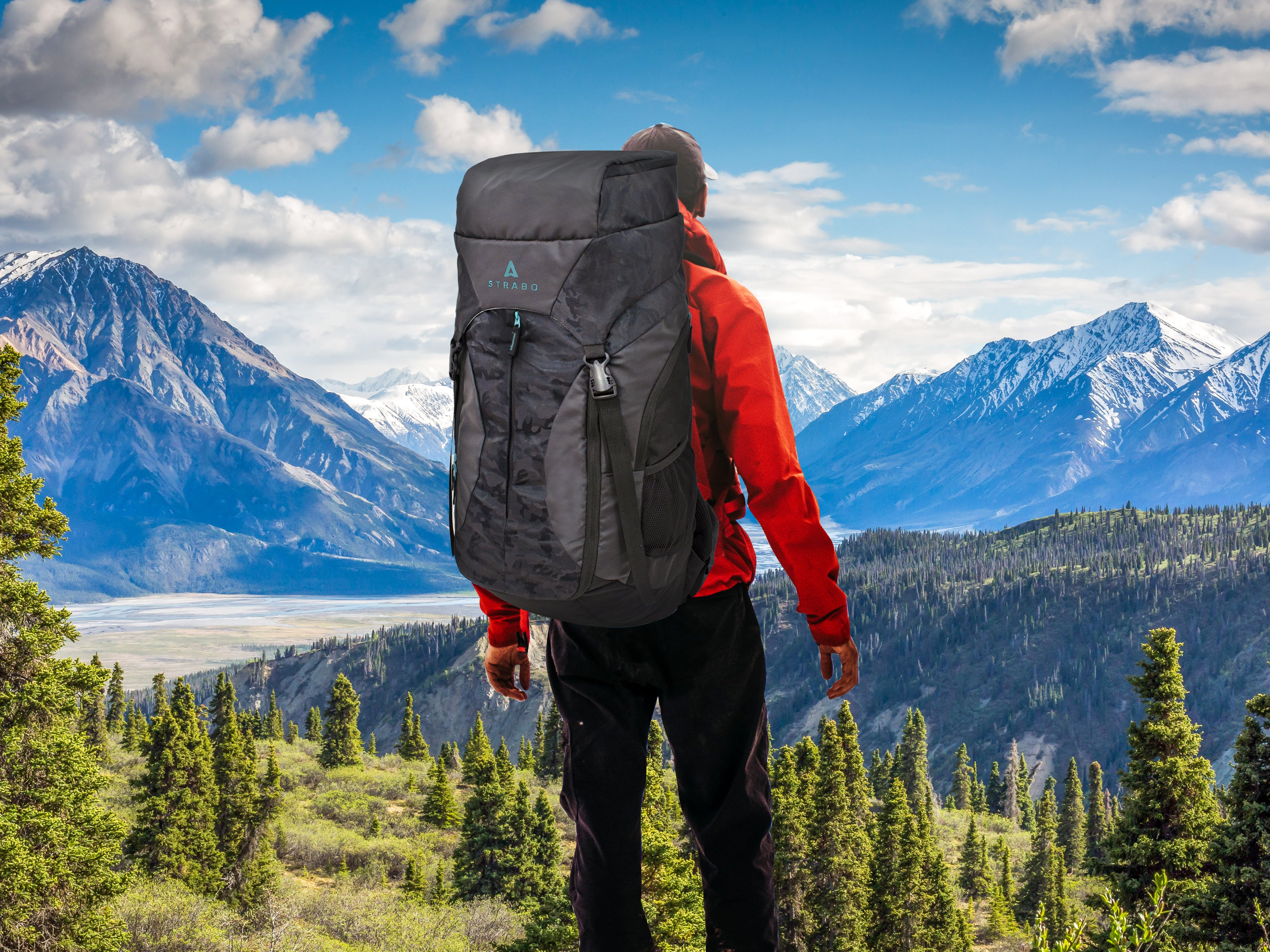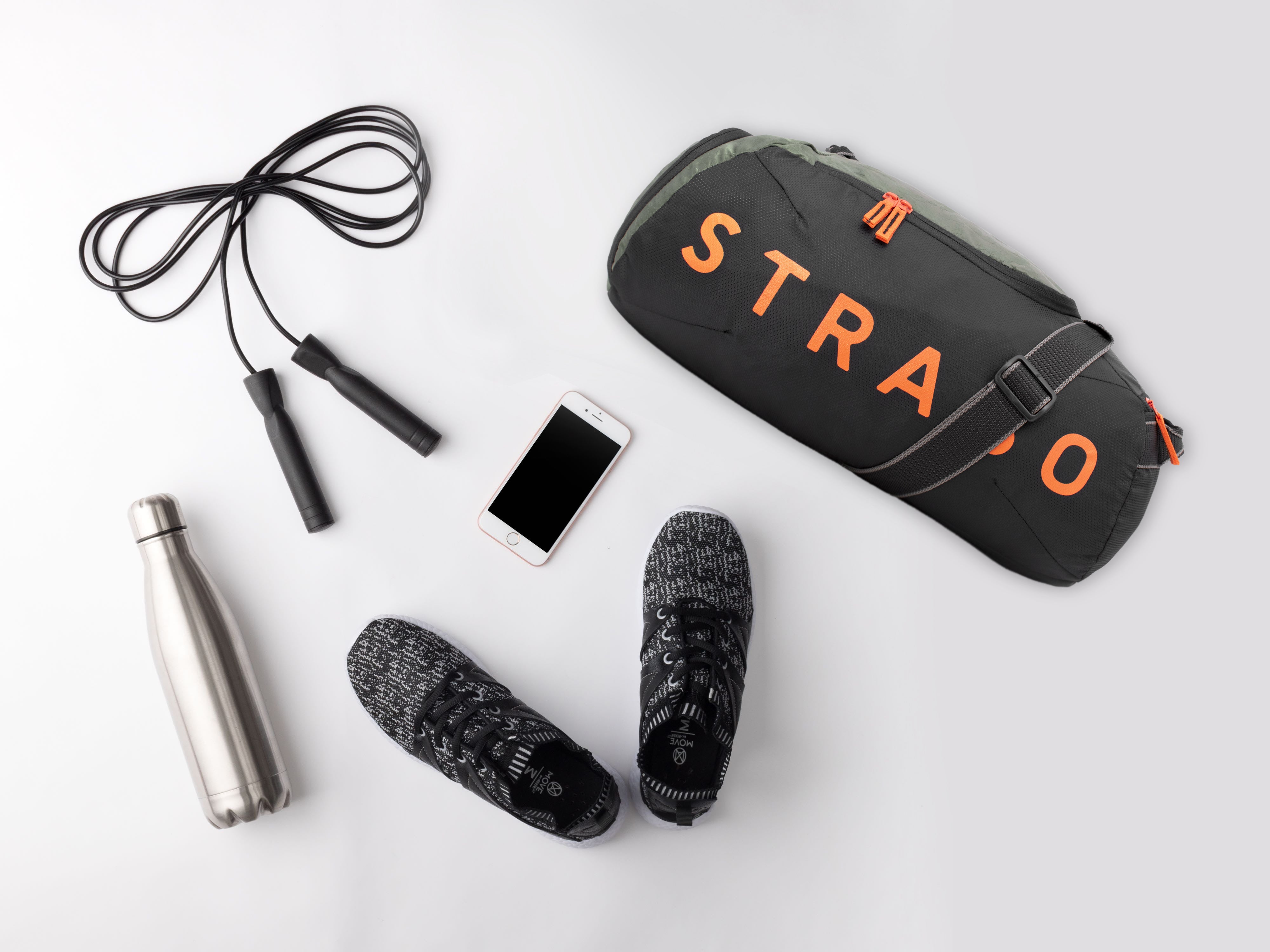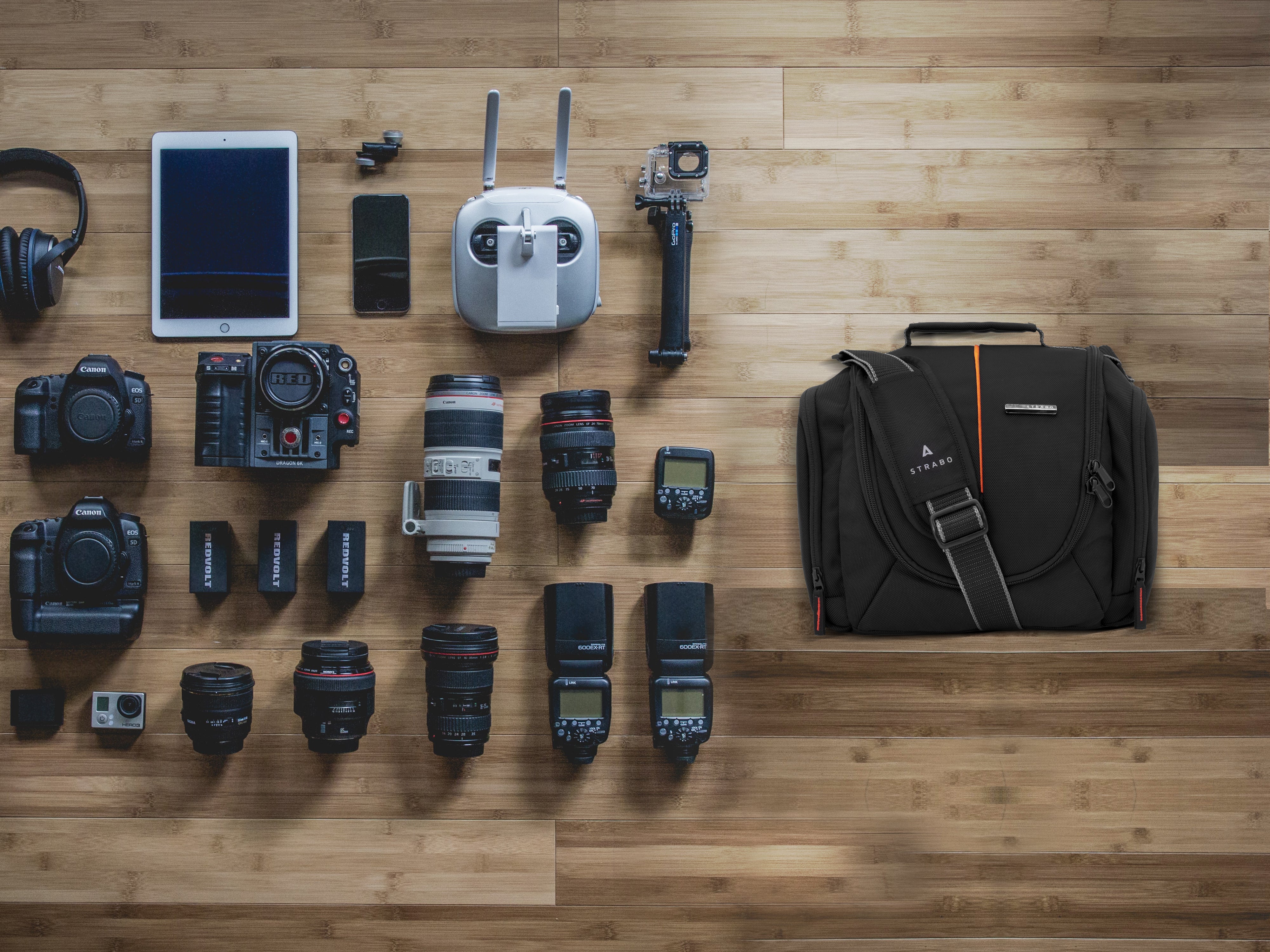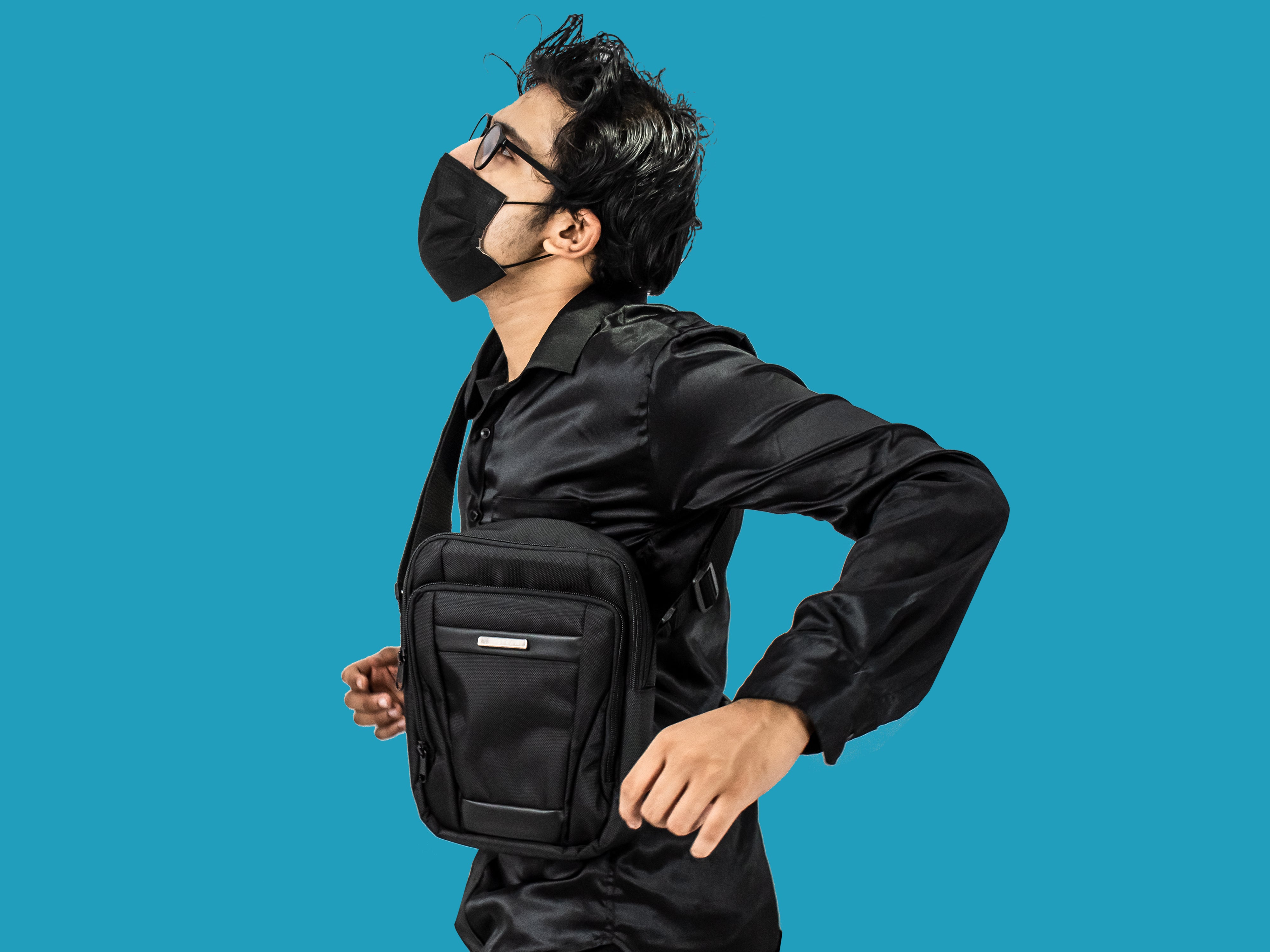5 Tips to Make Carrying Your Trekking Backpack Easy: Your Guide to the Best Trekking Backpack
Embarking on a thrilling trekking adventure requires careful preparation, and one of the most crucial aspects is choosing the right trekking backpack. However, carrying a fully loaded backpack for long hours can be challenging. In this blog, we will provide five essential tips to make carrying your trekking backpack easy, ensuring a comfortable and enjoyable trekking experience. Discover the best trekking backpack and optimize your journey to the fullest.
1. Choose the Right Size and Fit:
Selecting the appropriate size and fit for your trekking backpack is paramount. Ensure that the backpack's capacity matches your needs without being too bulky. Look for adjustable shoulder straps, a padded hip belt, and a sternum strap to distribute the weight evenly and provide maximum support. A well-fitting backpack reduces strain on your shoulders and promotes better posture during your trek.
2. Pack Strategically and Lighten the Load:
Carefully consider the items you pack and prioritize essentials. Minimize unnecessary weight by opting for lightweight gear and multi-purpose items. Distribute the weight evenly within your backpack, placing heavier items closer to your back for better balance. Be organized and use packing cubes or dry bags to keep your gear compact and easily accessible.
3. Utilize Compression Straps:
Most trekking backpacks come with compression straps, and utilizing them effectively can make a significant difference. Adjust the compression straps to tighten and stabilize your load, preventing items from shifting or bouncing around while you trek. This ensures better weight distribution and increases overall stability, making your backpack more manageable.
4. Take Regular Breaks and Adjust Your Straps:
During long treks, it's crucial to listen to your body and take regular breaks to rest and readjust your backpack. Loosen and then retighten the straps to ensure a comfortable fit as your body may change with prolonged activity. This helps alleviate pressure points and allows for better blood circulation, reducing discomfort and fatigue.
5. Maintain Proper Posture and Walk with a Balanced Gait:
Maintaining good posture while carrying your trekking backpack is vital for reducing strain on your back, shoulders, and hips. Stand tall, engage your core muscles, and walk with a balanced gait. Take shorter strides and use trekking poles to help distribute the load and provide additional support for your body.
Choosing the best trekking backpack and employing these five essential tips will make carrying your backpack during trekking adventures much easier. Prioritize comfort, proper weight distribution, and strategic packing. Remember to adjust your backpack, take breaks, and maintain good posture while trekking. Investing in a high-quality trekking backpack ensures durability, functionality, and comfort for your outdoor pursuits. Prepare wisely, optimize your trekking experience, and embrace the wonders of the great outdoors with ease and enjoyment.
1. Choose the Right Size and Fit:
Selecting the appropriate size and fit for your trekking backpack is paramount. Ensure that the backpack's capacity matches your needs without being too bulky. Look for adjustable shoulder straps, a padded hip belt, and a sternum strap to distribute the weight evenly and provide maximum support. A well-fitting backpack reduces strain on your shoulders and promotes better posture during your trek.
2. Pack Strategically and Lighten the Load:
Carefully consider the items you pack and prioritize essentials. Minimize unnecessary weight by opting for lightweight gear and multi-purpose items. Distribute the weight evenly within your backpack, placing heavier items closer to your back for better balance. Be organized and use packing cubes or dry bags to keep your gear compact and easily accessible.
3. Utilize Compression Straps:
Most trekking backpacks come with compression straps, and utilizing them effectively can make a significant difference. Adjust the compression straps to tighten and stabilize your load, preventing items from shifting or bouncing around while you trek. This ensures better weight distribution and increases overall stability, making your backpack more manageable.
4. Take Regular Breaks and Adjust Your Straps:
During long treks, it's crucial to listen to your body and take regular breaks to rest and readjust your backpack. Loosen and then retighten the straps to ensure a comfortable fit as your body may change with prolonged activity. This helps alleviate pressure points and allows for better blood circulation, reducing discomfort and fatigue.
5. Maintain Proper Posture and Walk with a Balanced Gait:
Maintaining good posture while carrying your trekking backpack is vital for reducing strain on your back, shoulders, and hips. Stand tall, engage your core muscles, and walk with a balanced gait. Take shorter strides and use trekking poles to help distribute the load and provide additional support for your body.
Choosing the best trekking backpack and employing these five essential tips will make carrying your backpack during trekking adventures much easier. Prioritize comfort, proper weight distribution, and strategic packing. Remember to adjust your backpack, take breaks, and maintain good posture while trekking. Investing in a high-quality trekking backpack ensures durability, functionality, and comfort for your outdoor pursuits. Prepare wisely, optimize your trekking experience, and embrace the wonders of the great outdoors with ease and enjoyment.






